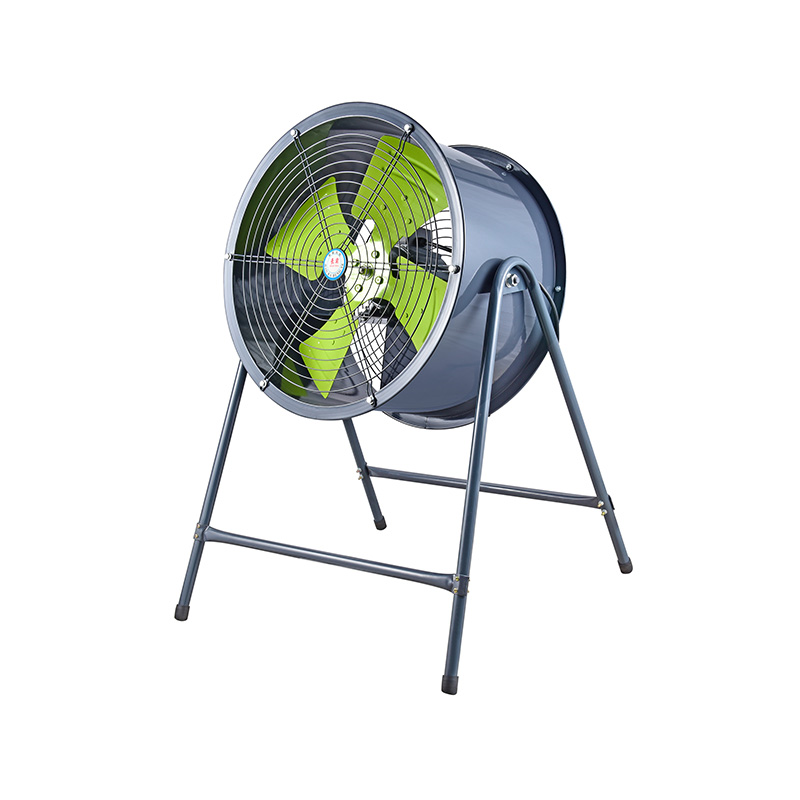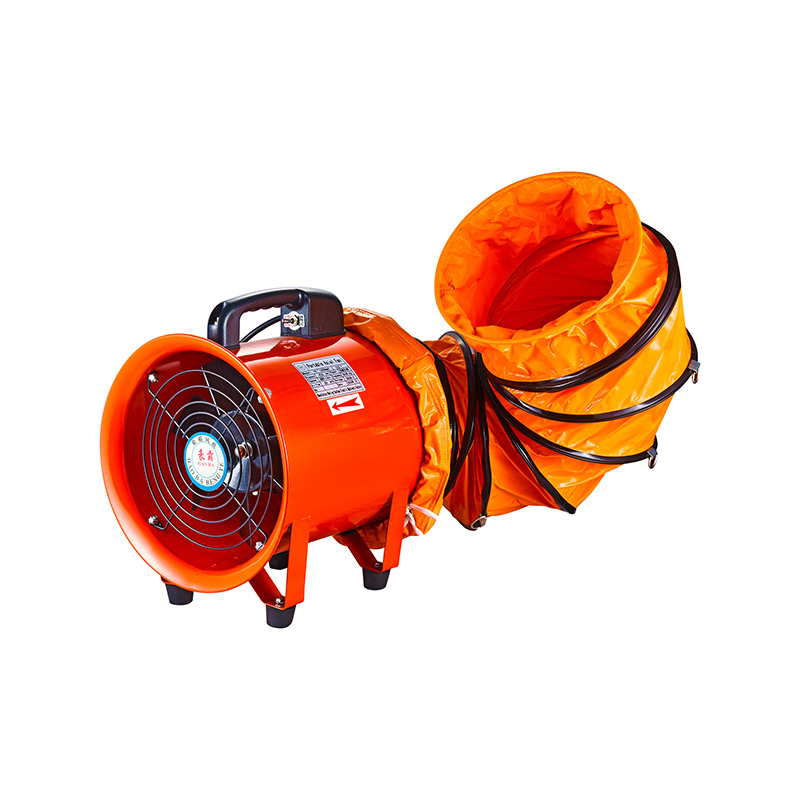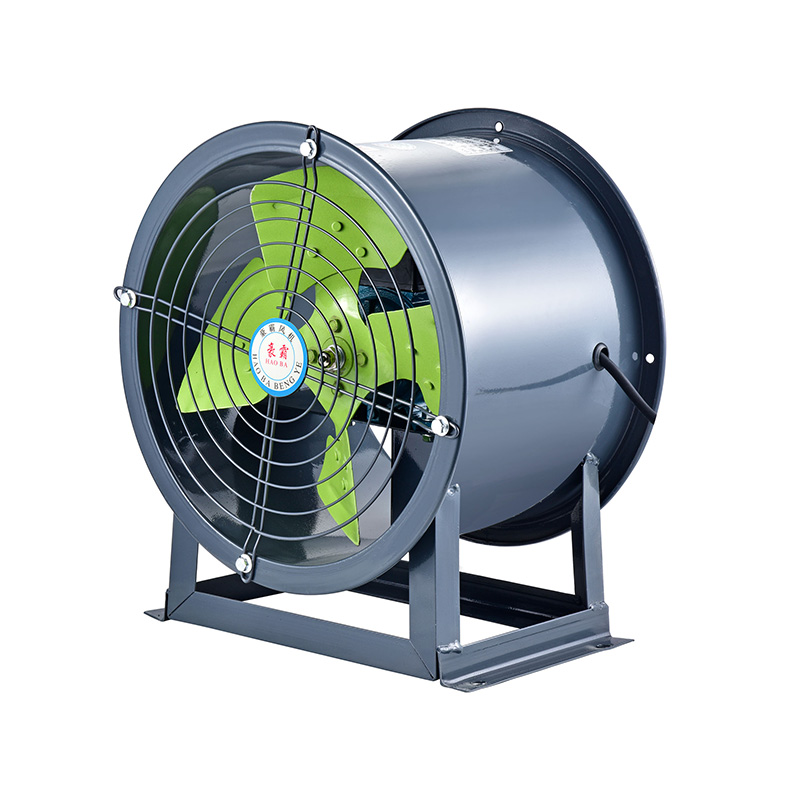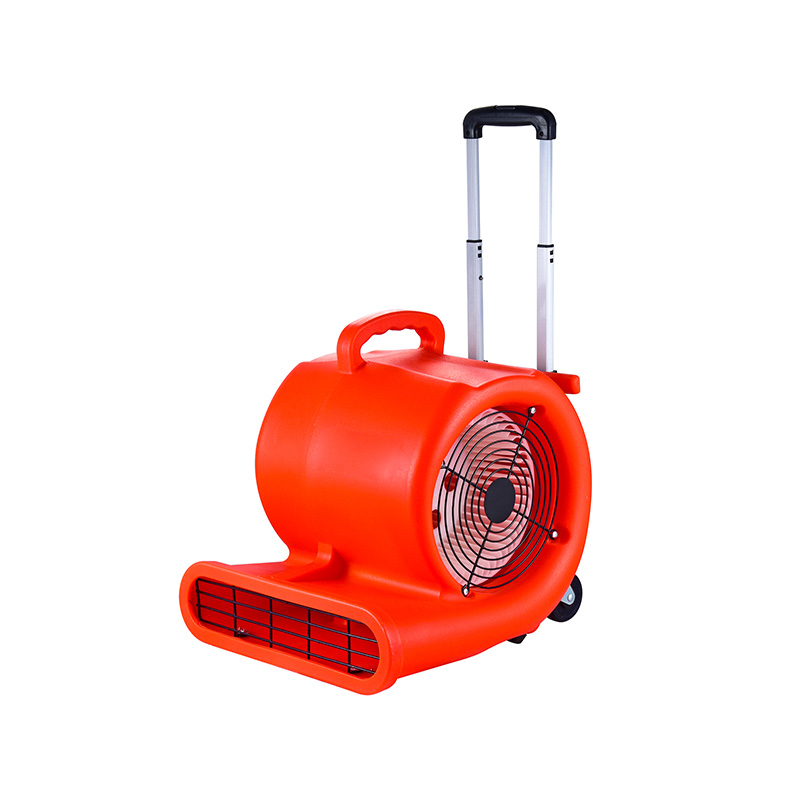Air Movement Requirements In Warehouse Facilities
2025-07-08
Efficient air movement is a crucial aspect of maintaining a safe and productive environment in warehouse facilities. Warehouses typically cover large open spaces with varying ceiling heights, and the nature of stored goods and operational activities demands careful attention to ventilation and air circulation. Proper airflow helps regulate temperature, control humidity, and remove airborne contaminants, which in turn can protect inventory, support worker comfort, and ensure compliance with safety standards. To achieve this, different types of industrial fans and blowers are employed, including wing blowers, ventilation centrifugal fans, and axial flow blowers, each contributing uniquely to warehouse air movement.

Wing blowers are commonly used in warehouse settings due to their ability to generate high airflow at relatively low noise levels. These blowers feature impellers with curved blades resembling wings, designed to move air efficiently while maintaining smooth flow characteristics. In warehouses, wing blowers often serve localized ventilation needs or are integrated into dust extraction systems, ensuring that particular zones receive adequate airflow without disturbing stored goods. Their versatility allows them to be installed in various configurations, making them adaptable to different warehouse layouts.
In addition to wing blowers, ventilation centrifugal fans play a significant role in warehouse air management. Centrifugal fans operate by drawing air into the center of the fan and expelling it radially through a scroll casing, creating higher pressure than axial fans. This feature makes ventilation centrifugal fans suitable for applications requiring air to be moved through ductwork or across filters, common in warehouses where air must be conditioned or cleaned before recirculation. Their design also offers greater resistance to changes in pressure, allowing consistent airflow even under fluctuating system conditions. Consequently, many warehouse ventilation systems incorporate centrifugal fans to maintain steady air exchange rates and enhance overall air quality.
Axial flow blowers are another important component in warehouse ventilation systems, especially when large volumes of air need to be moved over relatively short distances. These blowers function by pushing air parallel to the axis of the impeller, making them efficient for general ventilation purposes in vast open spaces. Axial flow blowers are often used to improve air circulation, prevent stagnant zones, and assist with cooling processes inside warehouses. Their straightforward design allows for high airflow with relatively low power consumption, which can contribute to energy savings in large-scale ventilation systems. Additionally, axial flow blowers can be mounted in different orientations, providing flexibility for various warehouse configurations.
When planning air movement for warehouse facilities, understanding the roles of wing blowers, ventilation centrifugal fans, and axial flow blowers helps create a balanced and effective ventilation strategy. Each type of blower has its specific advantages: wing blowers excel in delivering smooth, controlled airflow suitable for localized applications; ventilation centrifugal fans provide stable pressure and are ideal for ducted systems; and axial flow blowers are practical for moving large air volumes efficiently. Combining these devices appropriately allows warehouse operators to tailor air movement according to operational needs, space dimensions, and environmental conditions.
Proper airflow not only supports temperature and humidity control but also plays a critical role in maintaining air cleanliness. Dust, fumes, and other particulates generated during warehouse operations can pose health risks to employees and potentially damage sensitive products. Wing blowers integrated into dust collection systems help capture contaminants at their source, less their spread throughout the facility. Ventilation centrifugal fans contribute by moving air through filtration units that remove airborne particles before releasing clean air back into the warehouse. Axial flow blowers assist in circulating fresh air, diluting contaminants, and maintaining consistent ventilation rates.
Maintenance and performance monitoring are important considerations when using wing blowers, ventilation centrifugal fans, and axial flow blowers in warehouses. Regular inspection ensures that fans operate without excessive vibration, bearing wear, or blade damage, all of which can reduce airflow efficiency and increase energy consumption. Cleaning fan blades and housings helps prevent dust buildup that might interfere with performance. Implementing preventive maintenance schedules can extend the lifespan of these fans, ensuring reliable air movement and reducing downtime.
In summary, effective air movement in warehouse facilities requires a combination of different blower types to meet diverse ventilation demands. Wing blowers, ventilation centrifugal fans, and axial flow blowers each contribute distinct airflow characteristics, enabling customized solutions for temperature control, air quality, and worker comfort. Selecting the right blend of these components, along with proper installation and upkeep, supports a healthier and safer warehouse environment while optimizing energy use.

 English
English русский
русский عربى
عربى









